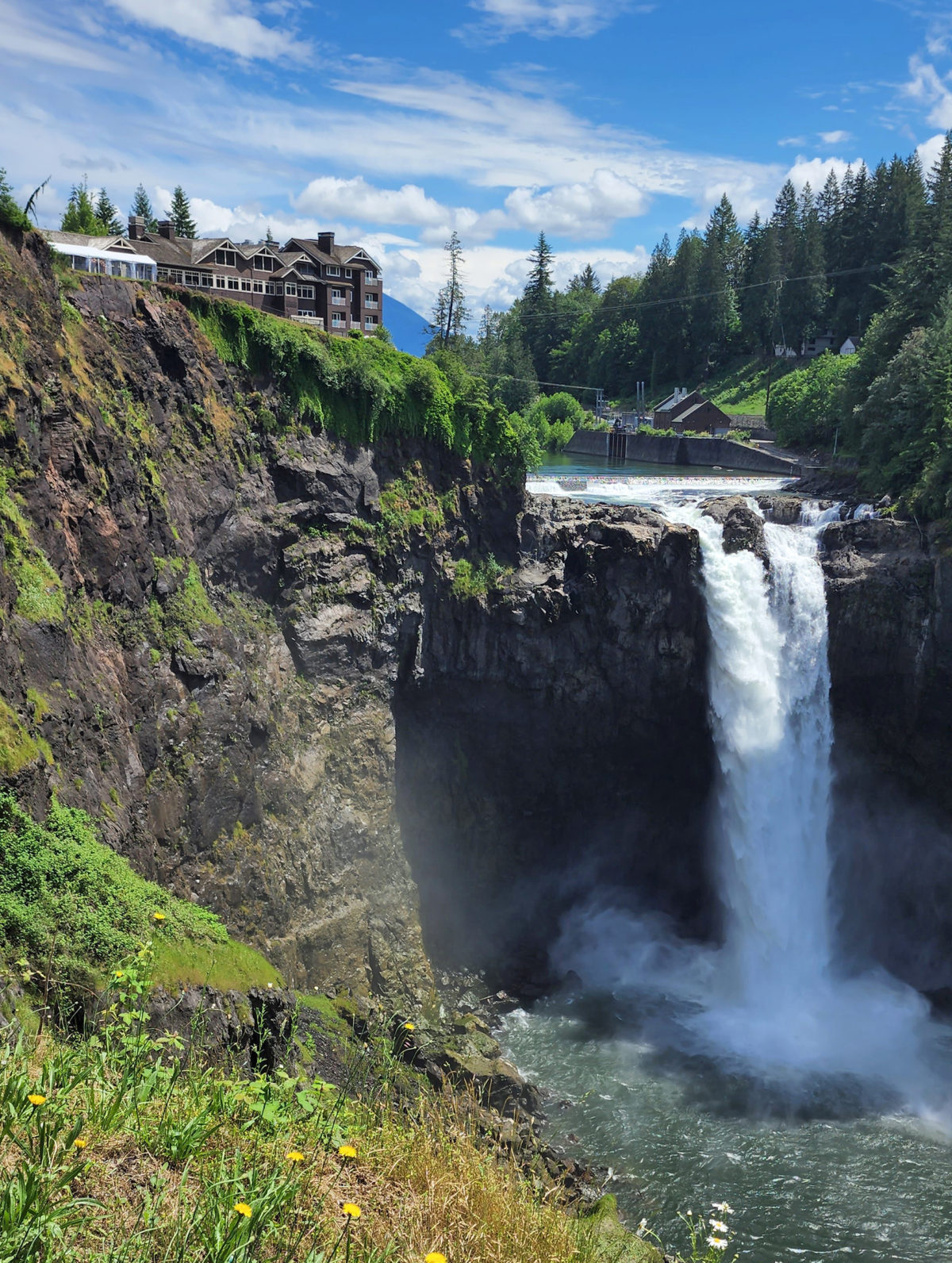by Alan K. Lee
The beautiful Snoqualmie Valley runs from just east of Seattle, Washington southeast to Snoqualmie Pass at the crest of the Cascade Mountains. The valley’s proximity to Seattle and its eastern and southern suburbs makes the Snoqualmie Valley quite literally Seattle’s backyard. We’ll touch on some of the many recreational opportunities in the Snoqualmie Valley and in the Snoqualmie Pass area, but we’ll focus first on the two areas we visited on our most recent visit, Twin Falls on the South Fork of the Snoqualmie, and Snoqualmie Falls on the main stem.
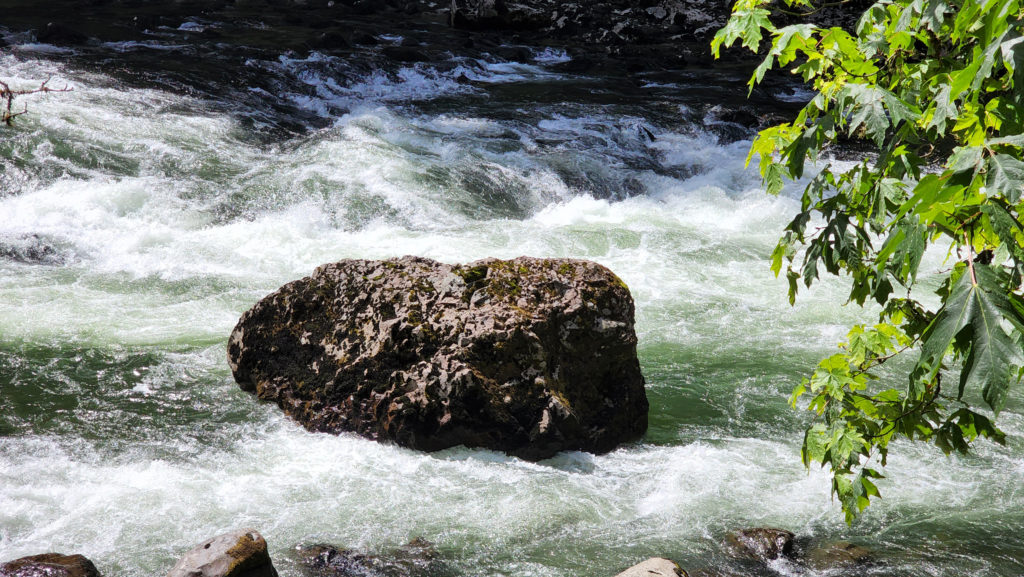
Snoqualmie River
The middle and south forks of the Snoqualmie River arise near Snoqualmie Pass, which is only about 45 miles as the crow flies from downtown Seattle. The middle, south, and north forks of the river all come together to form the main stem of the Snoqualmie River just above the magnificent Snoqualmie Falls.
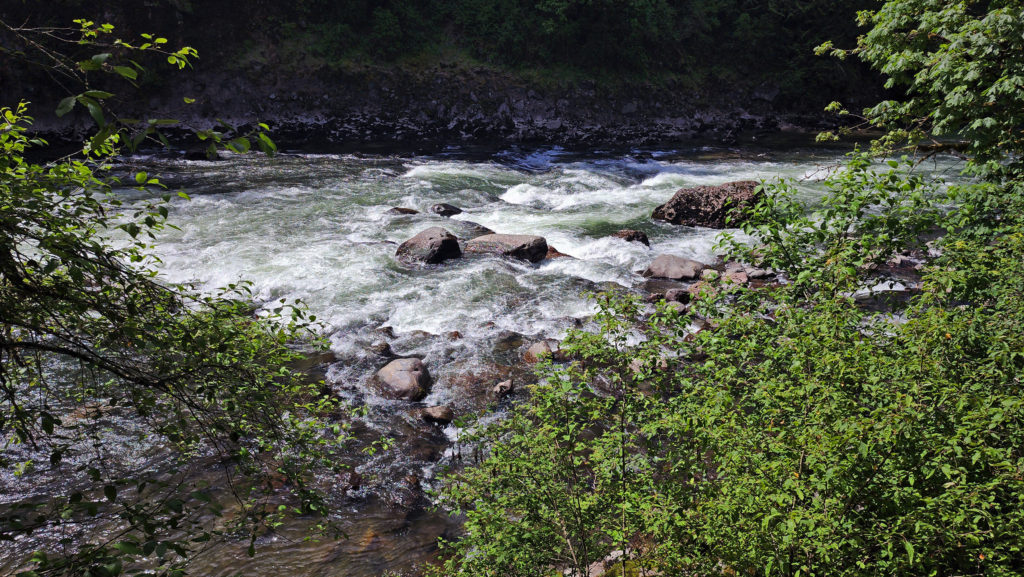
To say that the river is a very popular destination for people looking to escape the city is a bit of an understatement. On summer weekends it can seem like half the population of the metro area can be found along its banks or in the surrounding mountains. But there are dozens, probably hundreds, of hiking trails and other attractions, so the crowds disperse to some extent. But we were last there on the Fourth of July, and Snoqualmie Falls was a madhouse that day. Nevertheless, my wife and I still enjoyed our time there, and we had done a hike earlier in the day that was much less crowded. More on that below.
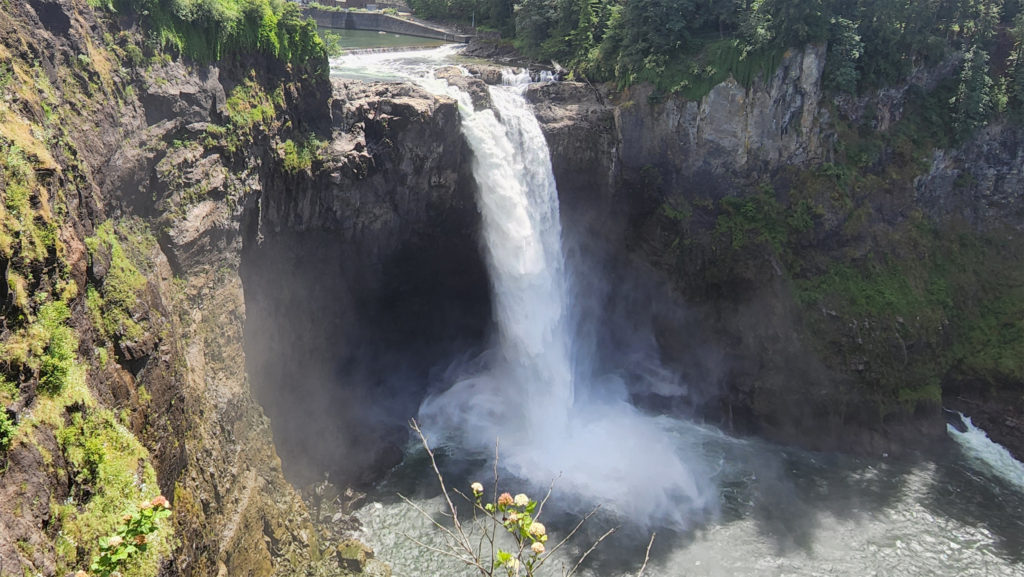
Snoqualmie Falls
Less than an hour’s drive from most of the Seattle metropolitan area, Snoqualmie Falls gets a lot of tourist traffic. More than 1.5 million people visit the falls annually. Most of the visitors are day trippers, but Salish Lodge sits on the north bank of the river at the top of the falls, so there are still many people in the area mornings and evenings. You’re not going to find solitude here.
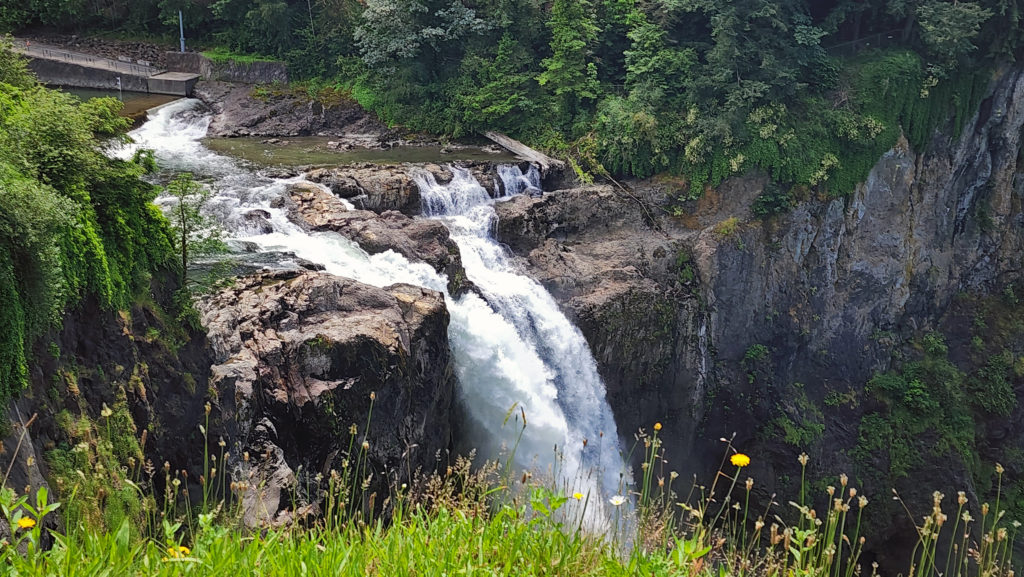
The falls have been used to generate electricity since the turn of the 20th century. The first power plant was built in 1899. Power Plant #1 is largely inconspicuous because it is entirely underground, the first underground power plant built in the country. Power Plant #2, built in 1910 on the north bank of the river just downstream of the falls, is much more conspicuous, with three large pipelines running above ground down the slope to the plant.
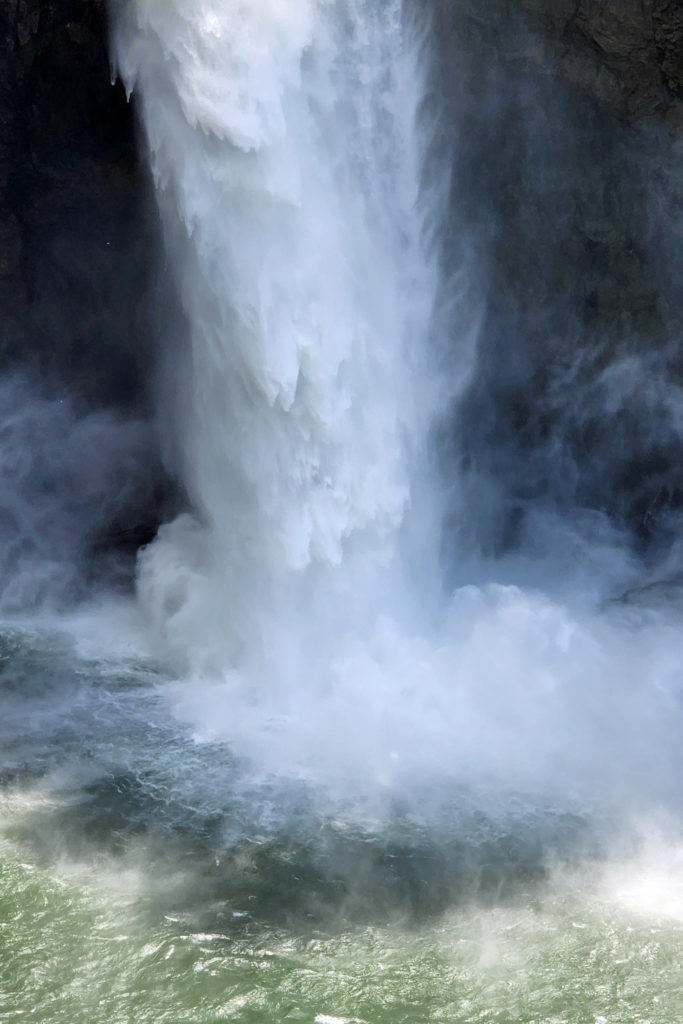
So, this is not prime wilderness. But with a 268 foot vertical drop, Snoqualmie Falls is more than twice the height of Niagara Falls. And fed by the abundant winter and spring rains and the spring and summer snow melt from the Cascade Mountains, the volume of water flowing over the falls can be an awesome sight.
The Fourth of July might be the worst possible time to visit the falls. It took us some time just to find a parking place, and the viewing areas at the top of the falls were elbow to elbow. After waiting our turn to get photos at several view points, we hiked down to the base of the falls. There were fewer people at the bottom than the top, but it wasn’t uncrowded by any means. My advice would be to go on a weekday, if possible, come early in the day if you can only come on a weekend, and avoid holiday weekends completely. But despite the crowds (and the heat), we enjoyed our stop.
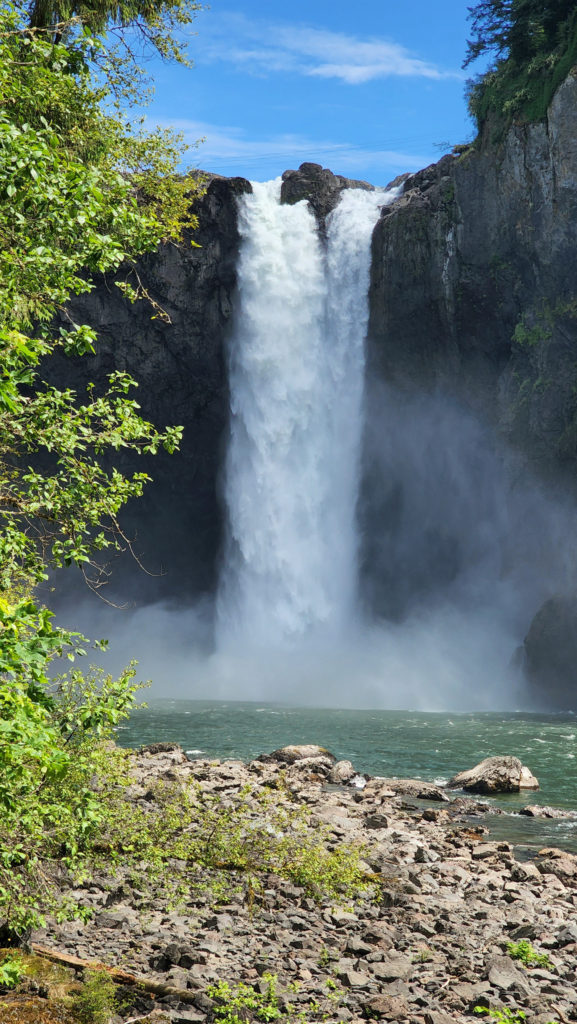
The falls are just a few miles off of Interstate 90, near the town of Snoqualmie. Take Exit 25 and follow Snoqualmie Parkway to the falls.
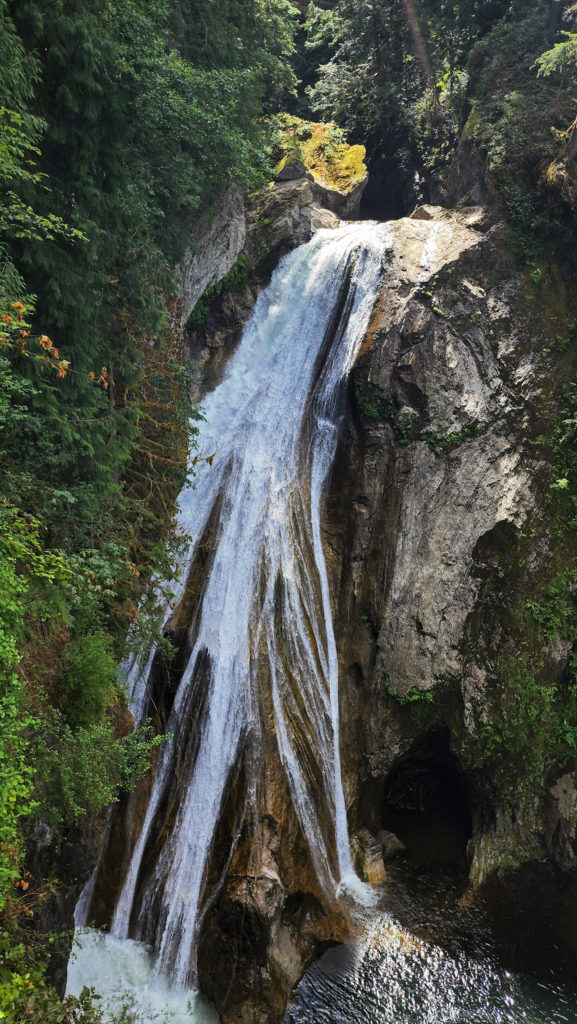
Twin Falls
Earlier in the day, we hiked to Twin Falls on the South Fork of the Snoqualmie River. This is a relatively easy, family friendly hike. The Washington Trails Association rates the hike Easy/Moderate. We had two of our grandkids with us (age four and six), and both made the 2.6-mile round trip without much difficulty. Twin Falls is a little less than ten miles east of Snoqualmie Falls. For a more complete description of the hike with more photos, click here.
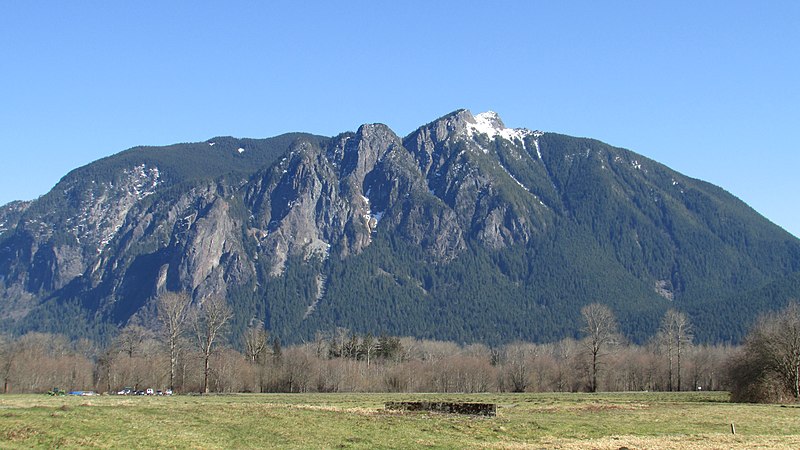
There are many other hikes in the Snoqualmie Valley that offer a variety of difficulty levels for all types of hikers. According to the Washington Trails Association, the Mount Si Trail is the most popular hike in the state. It’s not a trail for everyone, though. The eight-mile round trip gains a staggering 3150 feet in elevation. The WTA rates it Hard. No kidding. But, despite the difficulty, upwards of 100,000 people make the trek every year.

The Snow Lake Trail on Snoqualmie Pass offers a slightly shorter and easier hike (7.2 miles round trip with 1800 feet of elevation gain, rated Moderate/Hard). I was captivated by the photo above that I saw many years ago on the internet. Snow Lake is incredibly beautiful, as you can see.
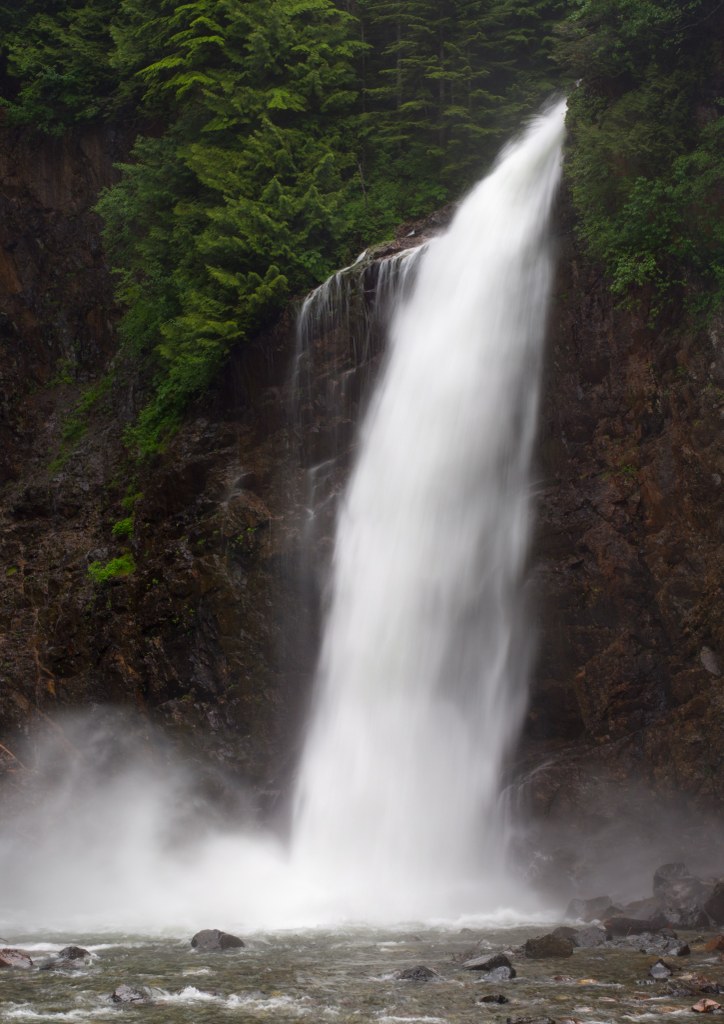
For those of you with young children (or grandchildren) in tow, there are many kid-friendly trails in the Snoqualmie region in addition to Twin Falls, including Franklin Falls, Lodge Lake, Oxbow Loop, Mirror and Cottonwood Lakes, and many others. Check the WTA website for more family friendly hiking options.
As well as hiking, the Snoqualmie Valley offers many other outdoor activities, from mountain biking, fishing, boating, and camping in the summer to cross country and alpine skiing, snow shoeing, and snowmobiling in the winter.
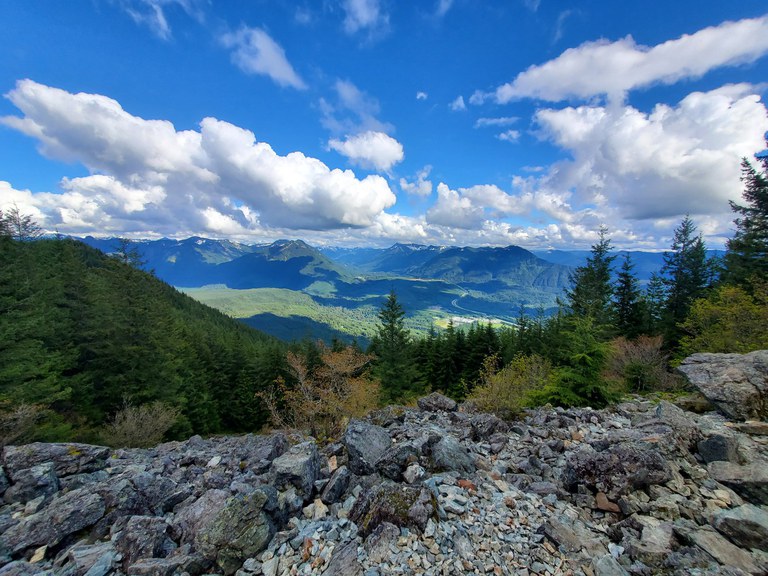
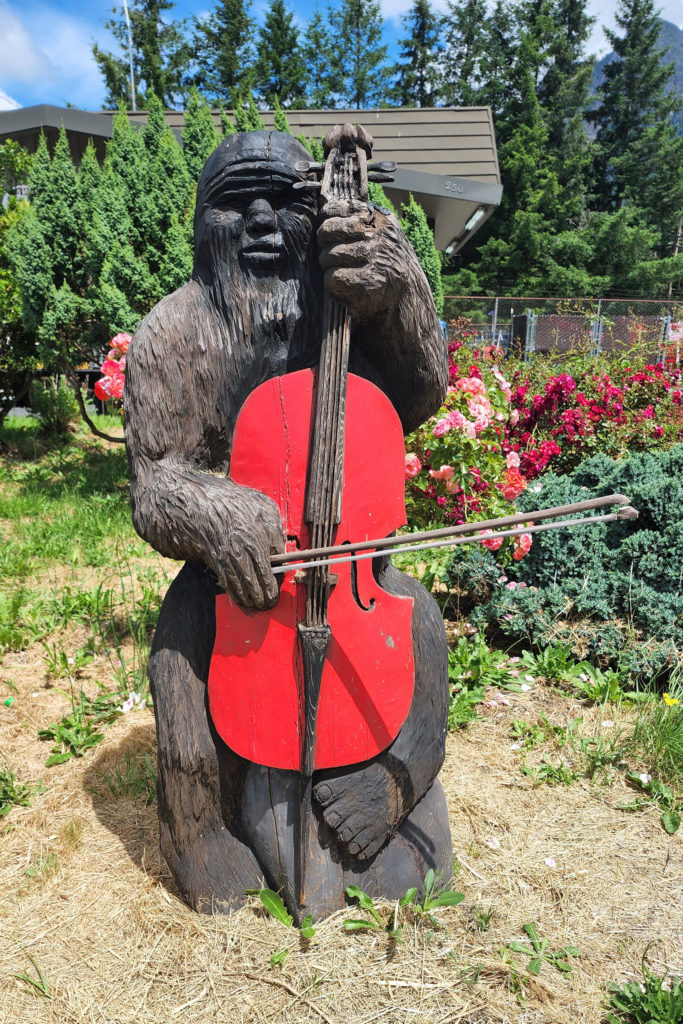
And if outdoor activities aren’t your thing, there are still options for you. For a luxury hotel experience, you can’t beat the Salish Lodge at Snoqualmie Falls. The nearby town of North Bend has some nice restaurants and an interesting history. Fans of the David Lynch TV series, Twin Peaks, may recognize parts of the town. The series was partially filmed in North Bend.
If you’re interested in sightseeing, but don’t want to (or aren’t able to) hike, the Summit at Snoqualmie ski area operates several chair lifts in the summer that will take you up to scenic viewpoints. Adult tickets are $20, and senior and youth tickets are $15. There are also a variety of bars and restaurants at the resort.
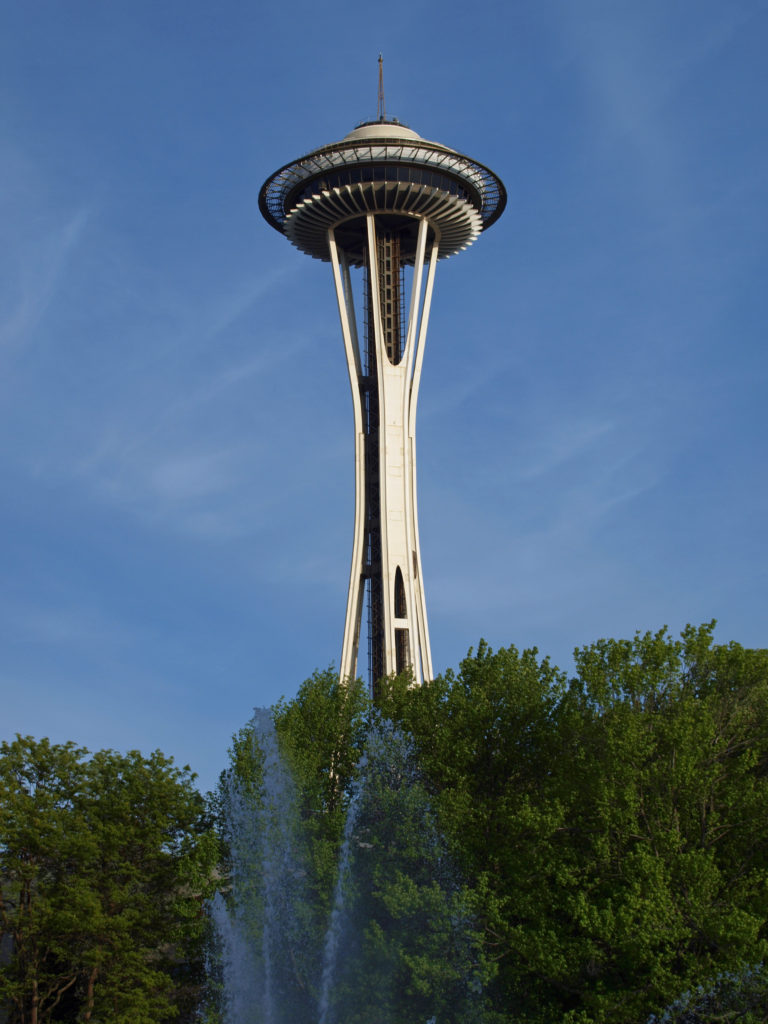
If you’re visiting the Seattle area, you’ll surely want to take in the Seattle Center and the Space Needle, but also take the short drive up the Snoqualmie Valley to get a taste of the outdoor experience that Seattleites value so much.
Posted August 29, 2022
All photos © Alan K. Lee, except as noted

